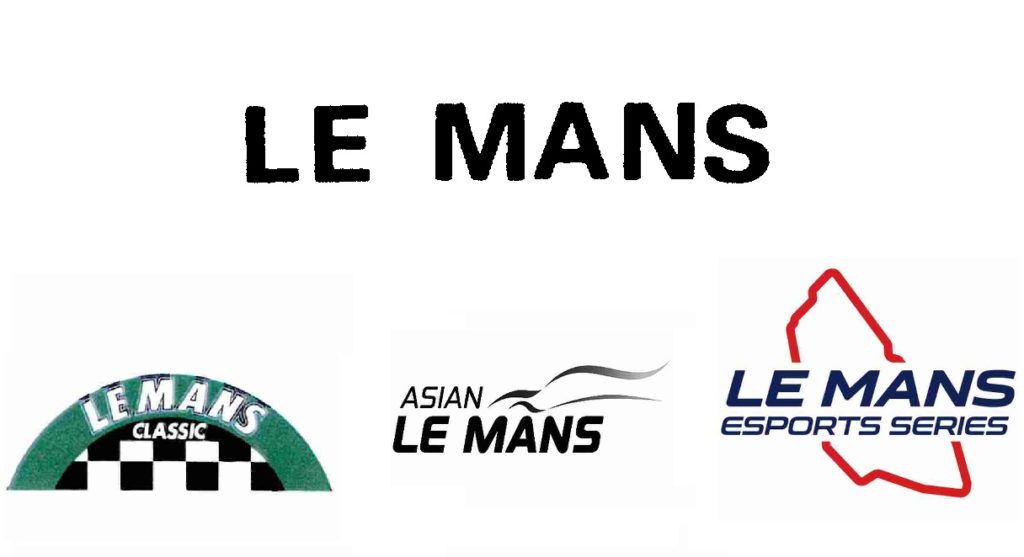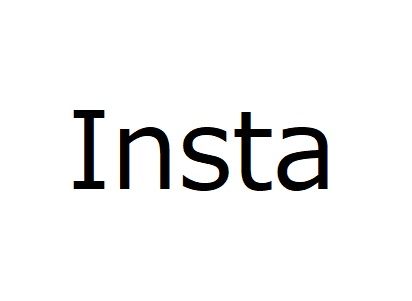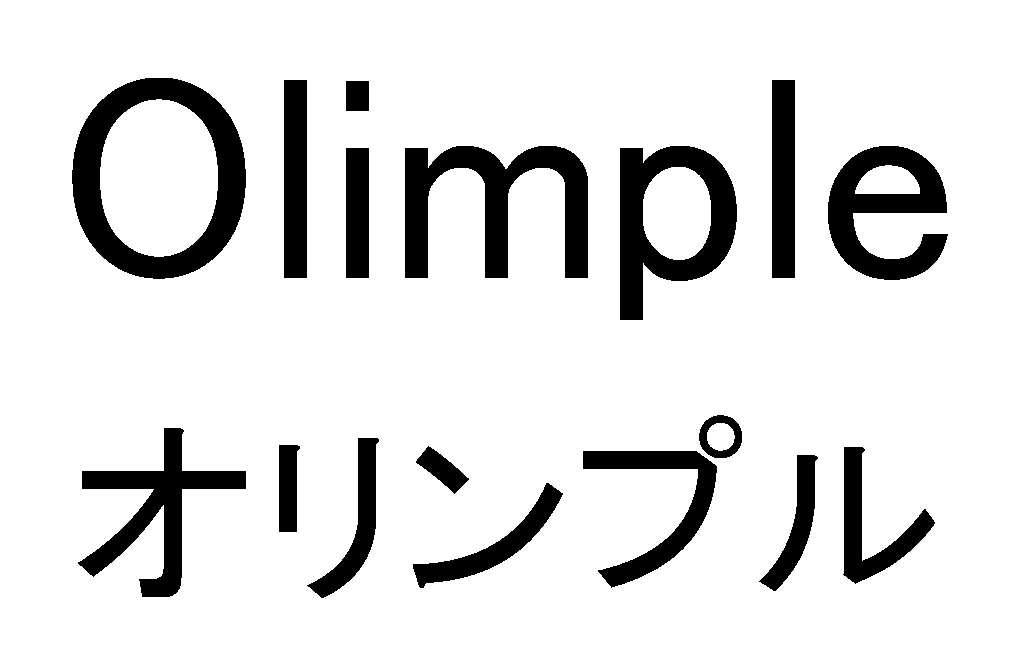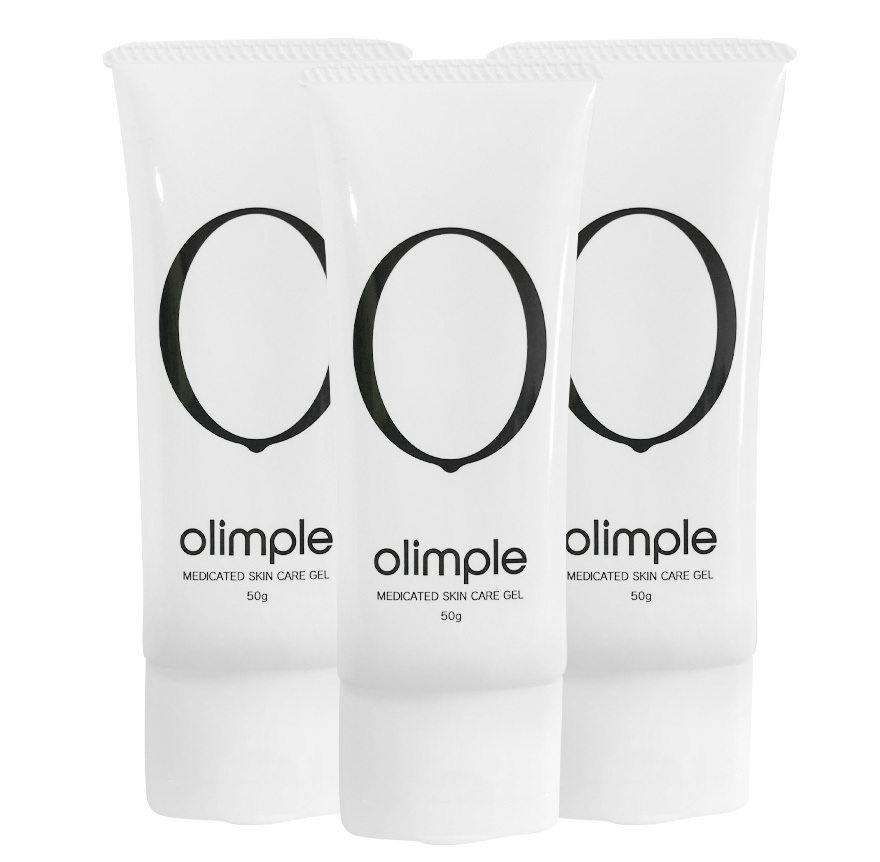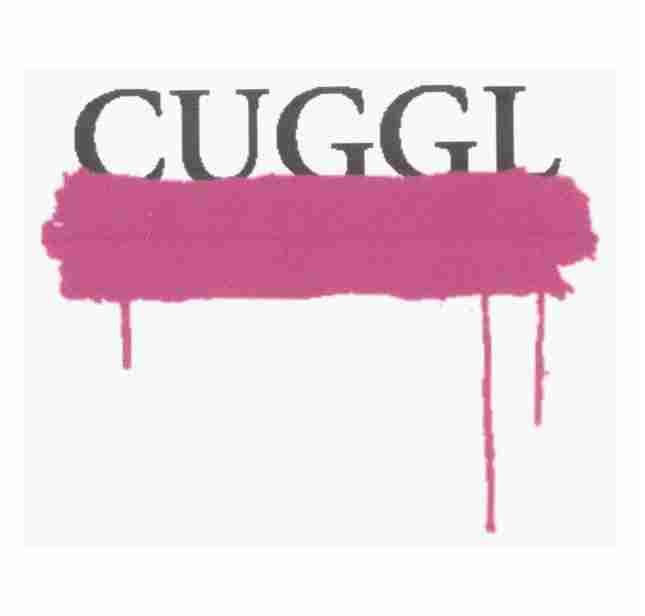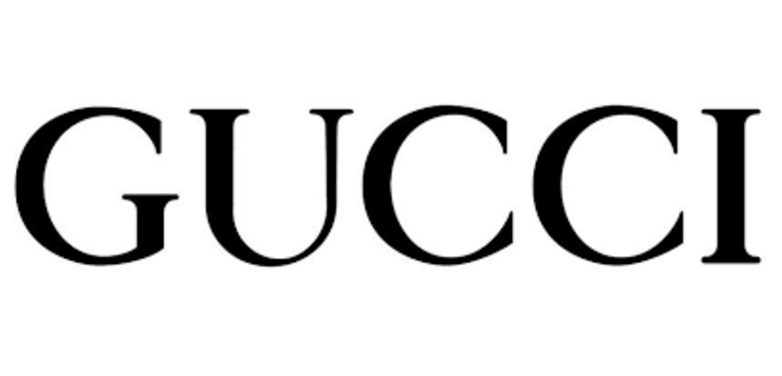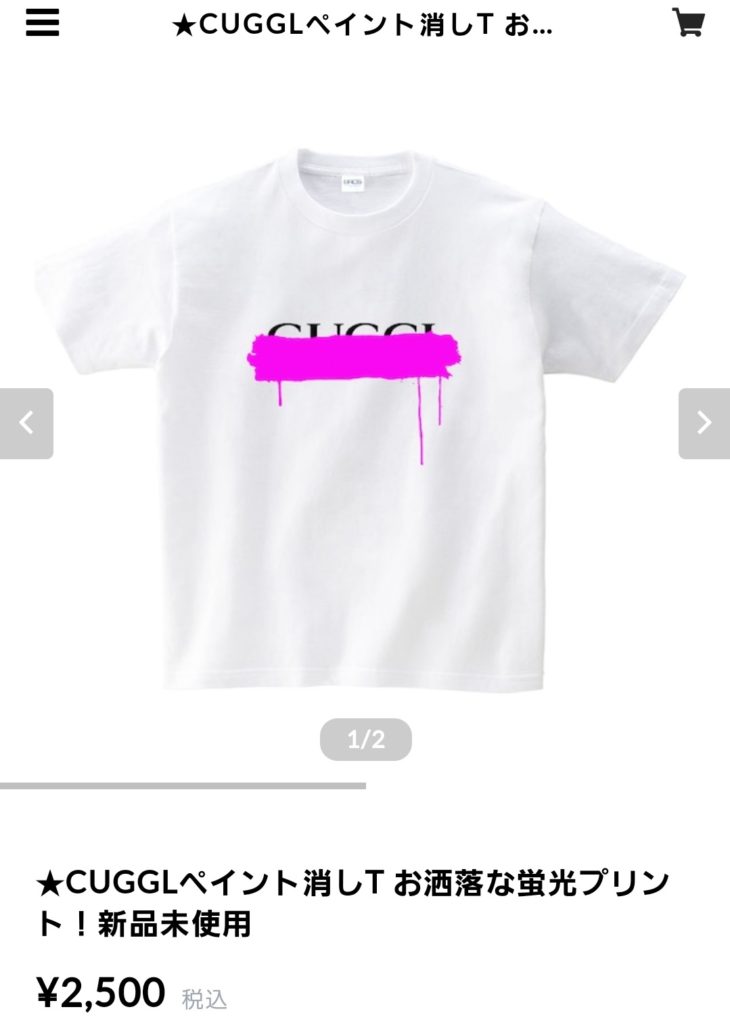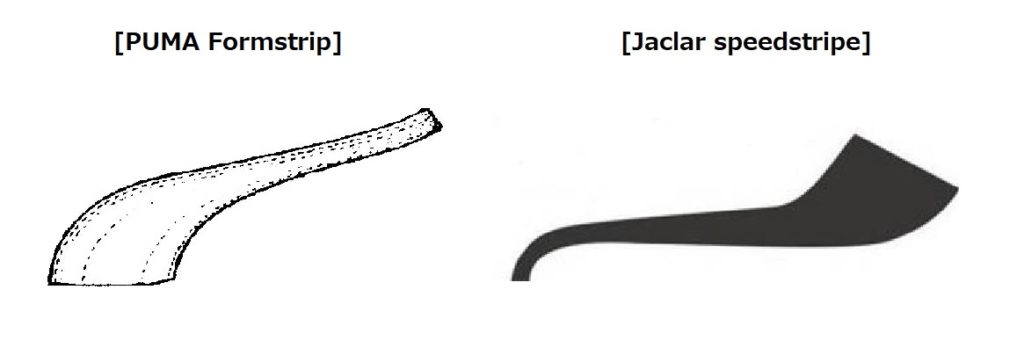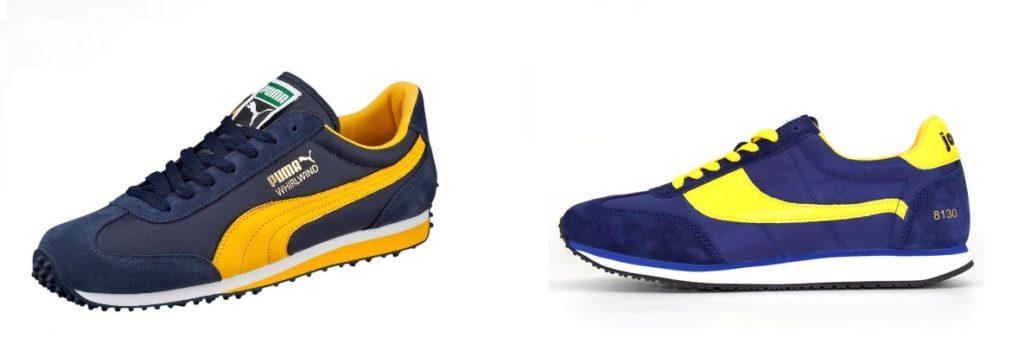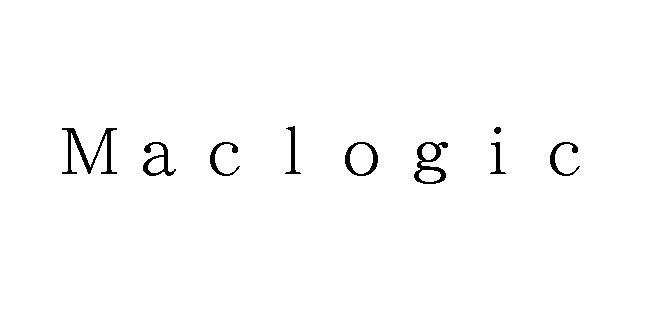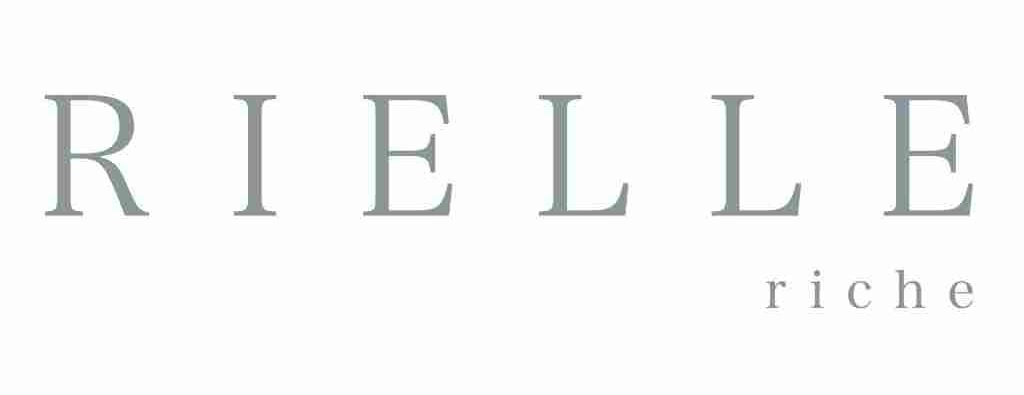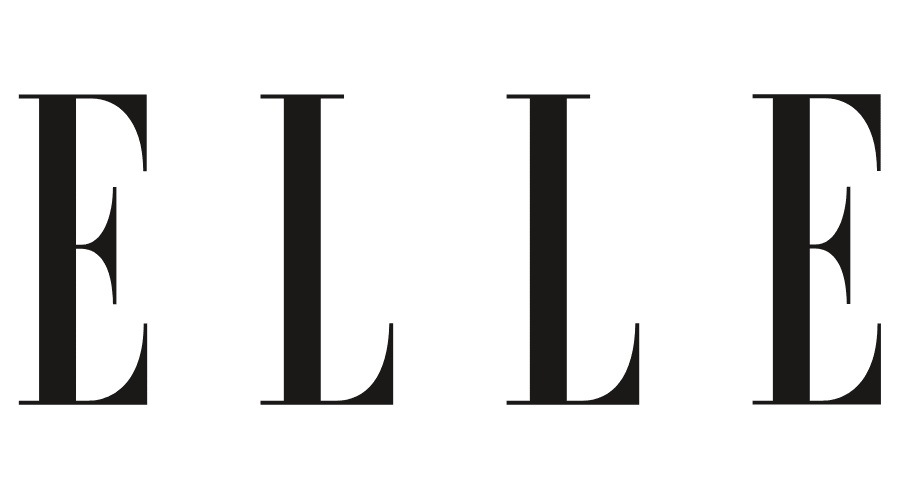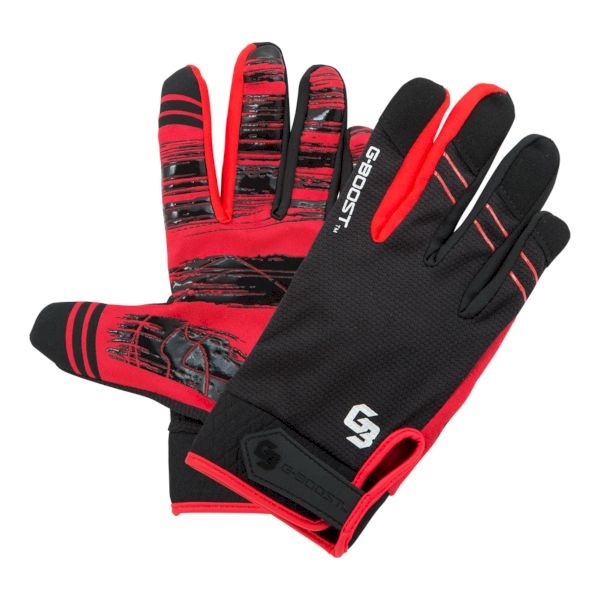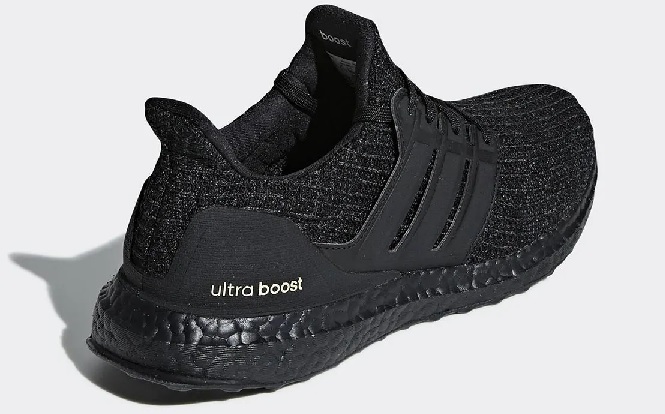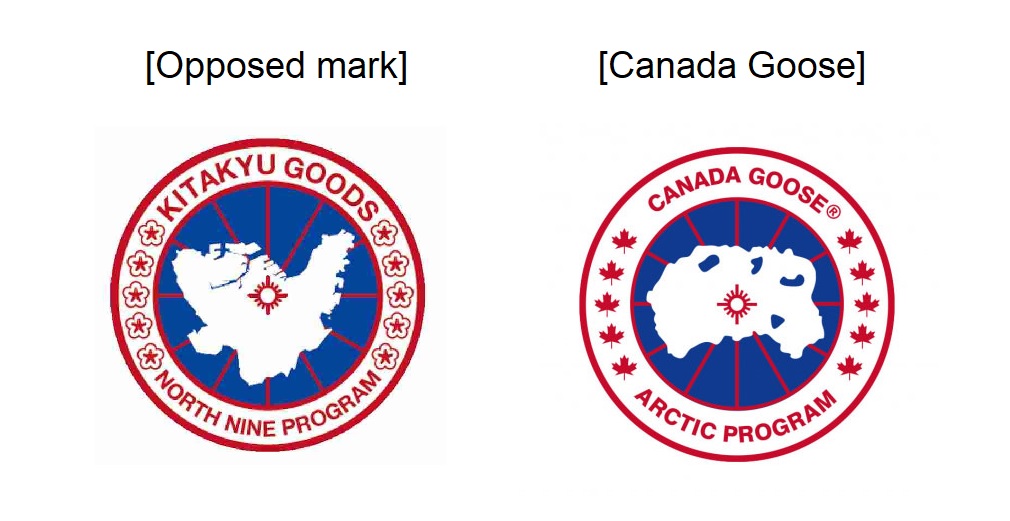On August 2, 2022, the JPO Opposition Board found “NYFEA” is dissimilar to “NIVEA” and unlikely to cause confusion with international skin care major Beiersdorf AG even when used on goods in class 3 including skin-care cream.
[Opposition case no. 2021-900350]
NYFEA
The opposed mark, consisting of a stylized word “NYFEA” (see below), was filed by a Chinese company, Shenzhen VKK Technology Co., Ltd for use on various goods in classes 3, 8, 9, 10, 11, 16, and 21 with the JPO on July 2, 2020.
The application designates cakes of toilet soap, cleansing milk for cosmetic purposes, detergents, beauty masks, nail varnish, dentifrices, perfume, and incense in class 3.
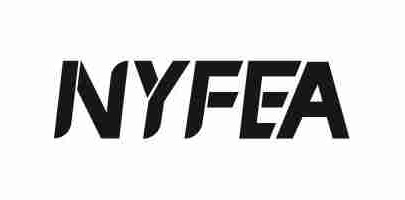
The JPO admitted registration of the NYFEA mark on June 15, 2021, and published for post-grant opposition on July 20, 2021.
Opposition by Beiersdorf AG
The German cosmetics giant, Beiersdorf AG filed an opposition against the NYFEA mark on September 21, 2021, and argued the opposed mark shall be canceled in contravention of Article 4(1)(xi) and (xv) of the Japan Trademark Law due to a conflict or likelihood of confusion with the world’s largest skincare brand “NIVEA”.
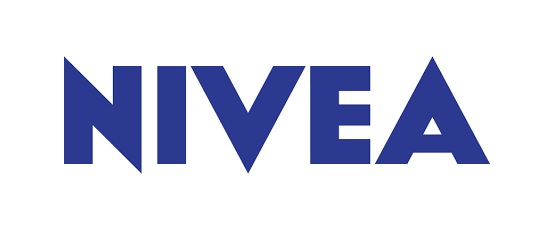
Beiersdorf alleged the NIVEA mark has been substantially used on skin-care creams in Japan since 1968. By virtue of effective advertising, sales promotion, and marketing for long years, NIVEA has acquired a remarkable degree of reputation and popularity among relevant consumers in Japan. As matter of fact, the mark “NIVEA” written in Japanese Katakana character is included in the famous trademark database managed by the JPO.
In view of the close resemblance between NIVEA and NYFEA, and the famousness of NIVEA, relevant consumers would confuse the source of the goods in class 3 bearing the opposed mark with the opponent.
JPO decision
To my surprise, the JPO negated the famousness of the NIVEA mark by stating “the opponent failed to produce sales amount, market share, and materials of promotional advertising in our jurisdiction at all. A mere allegation that the opponent promoted skin-care creams bearing the NIVEA mark for over five decades is insufficient to find a remarkable degree of the reputation of the opponent’s mark in Japan. Besides, the Board held a fact that the mark “NIVEA” written in Japanese Katakana character is included in famous trademark database would not affect the above finding. Being that the opponent did not prove a high degree of reputation and popularity of “NIVEA” at the time of filing and registration of the opposed mark with evidence, the Board had no reason to believe the opponent mark remains famous as a source indicator of skin-care goods by Beiersdorf AG.
In the assessment of similarity, the Board found both marks are distinguishable in appearance because of differences in the second and third letters, “YE” and “IV” among five letters in total. Likewise, the difference in the second sound would give rise to a distinctive impression in view of a few phonetic compositions of three sounds in total. Both marks are incomparable to the concept.
Based on the foregoing, the Opposition Board found no reasonable ground to cancel the opposed mark in contravention of Article 4(1)(xi) and (xv) and decided to dismiss the opposition entirely.


